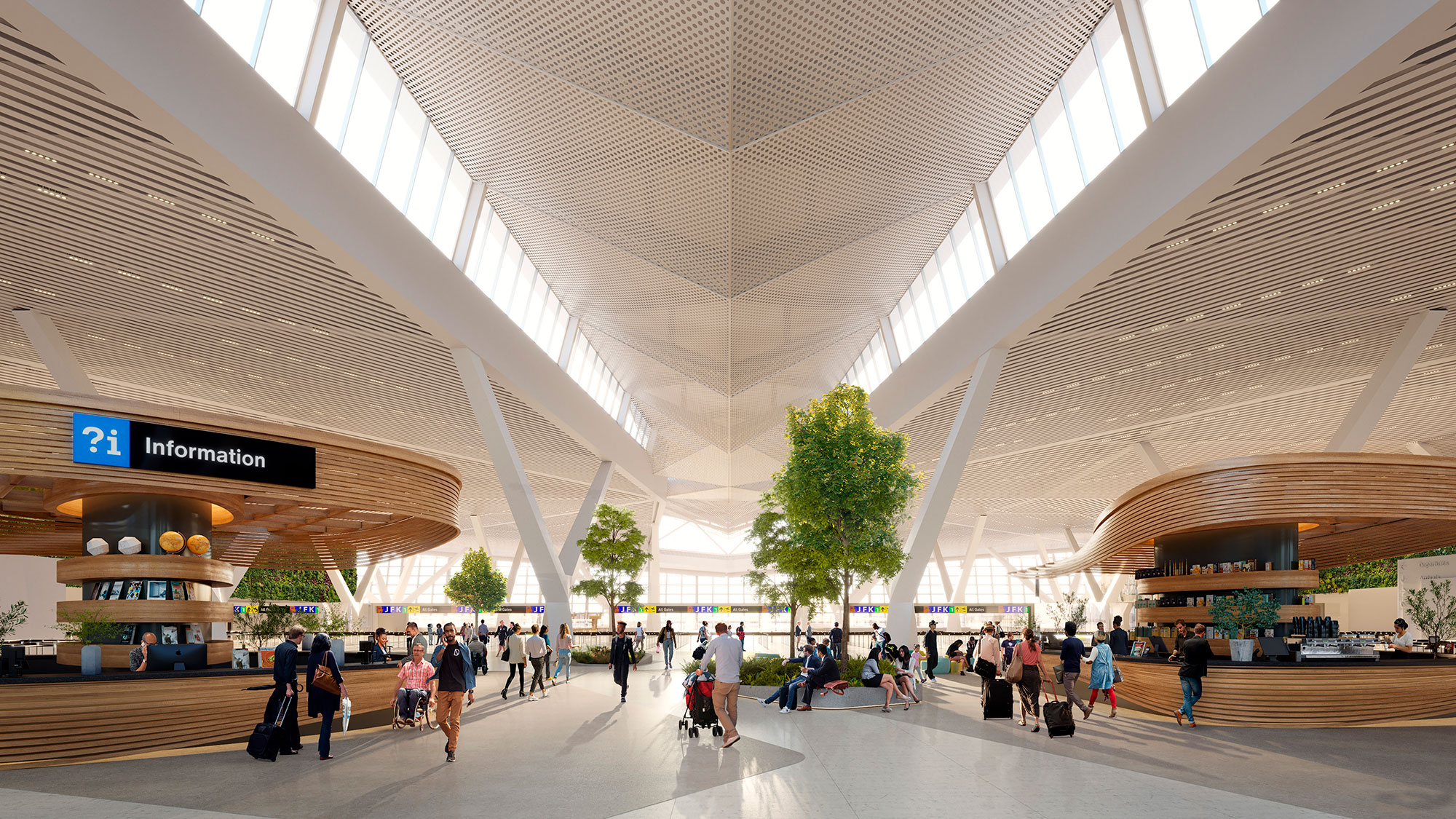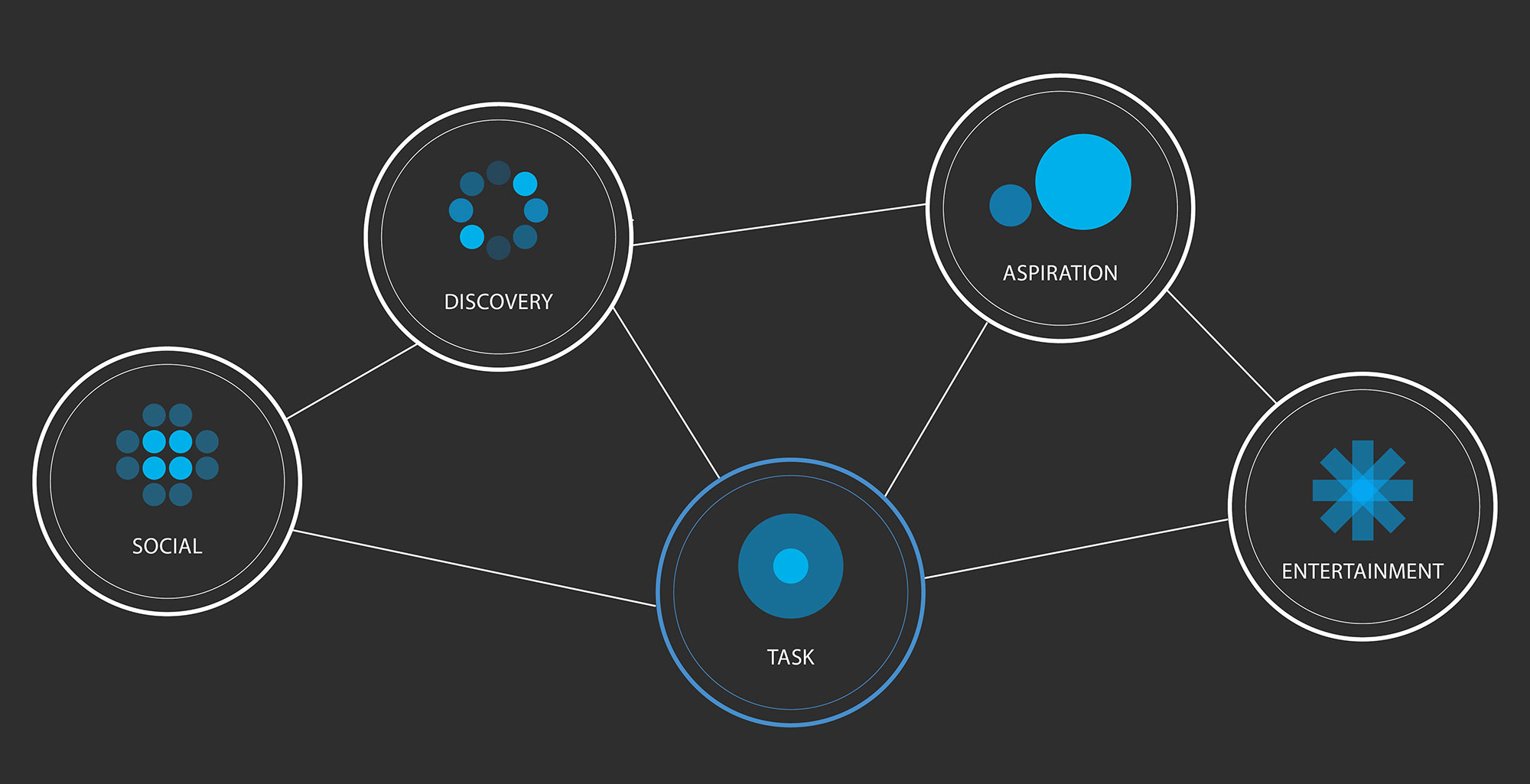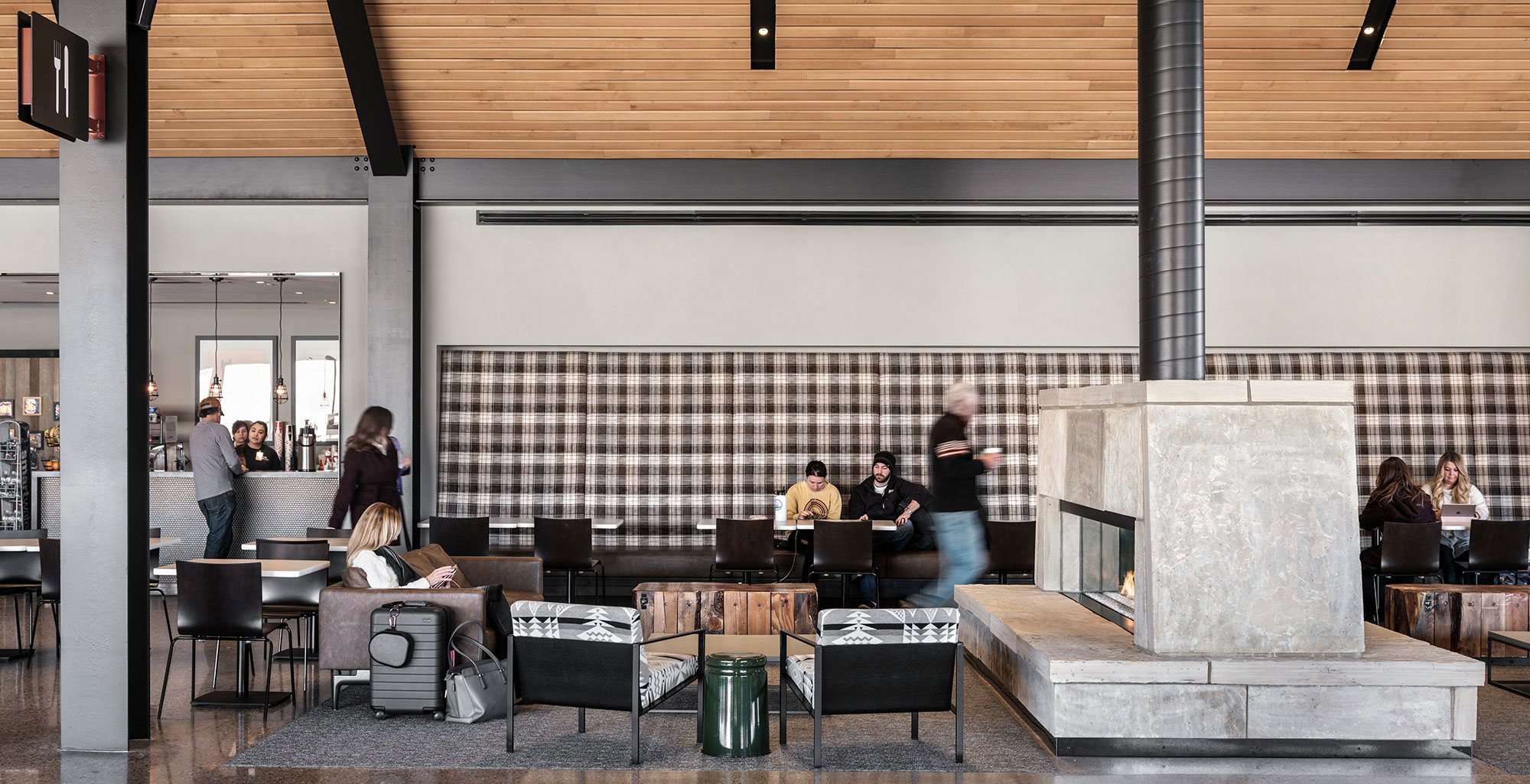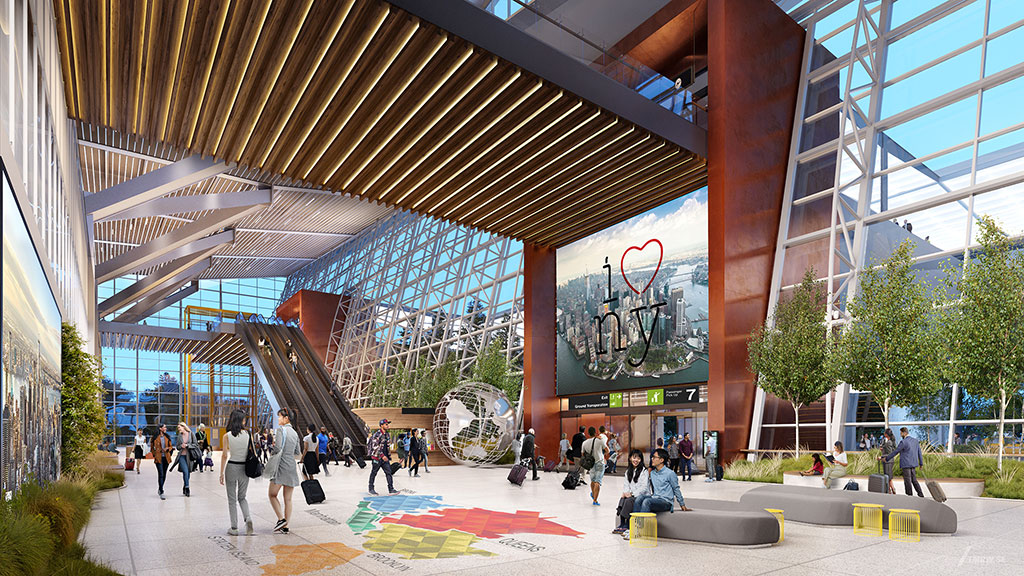Why Airports Must Create a ‘Place of Sense’ to Engage Travelers
June 28, 2023 | By Charishma Hunjan and Brian Gongaware
For most airports looking to design or upgrade their terminals, one of the top ambitions is to integrate a “sense of place.” As airports are increasingly recognized as important civic gateways instead of simply a vehicle to get people to and from their cities, they’re finding renewed purpose and becoming more representative of the regions that they serve, especially in the U.S. Terminals must reflect aspects of both the region and city, embodying the spirit of the location and showcasing its aspirations to the world. The extent of those interventions can be grandiose visions that create a notable identity or subtle gestures to reinforce that the airport is part of a broader experience tied to a specific place.
Design has the power to conjure emotion, to generate excitement, and to tell passengers that it’s ok to slow down and relax. This third point can be the most difficult to achieve, but perhaps the most important in airport design — how can we take what is often a stressful experience and make it comfortable, approachable, and perhaps even enjoyable?
By designing a place of sense — designing in such a way that travelers can rely on their instincts to navigate the airport with ease — we can meet travelers’ fundamental needs while immersing them into a space that celebrates its context. To transform a passenger’s journey from good to great, we believe the only way to create a sense of place is to first create a place of sense.

To achieve this idea of a place of sense, we must start with purpose, acknowledging that each user has different needs at any particular point in the journey. These points of engagement can be characterized as the five modes of experience, as outlined in the Gensler Research Institute’s Gensler Experience IndexSM.
In an airport, the most critical mode is task mode. We define task mode as the mindset that travelers enter when something needs to get done: park the car, check in for the flight, go through security, find the gate, board the plane, and maybe grab a bite or drink along the way. Most often, these are the moments that bring about the most stress because passengers are not in complete control of their journey. Like it or not, it’s the glitches that occur in task mode that passengers will remember and that will make or break their experience of the airports we design.

The best way to support the traveler through task mode and to create a distinct and enduring place is to focus on these five elements of sense:
1. Comprehensible. Task options should be visible and obvious to ease the passenger experience. Most importantly, design should set the backdrop for the activity that needs to happen. Reducing noise levels in the check-in hall allows for more focused activity. Using bursts of light to highlight where a passenger needs to go helps foster relaxation.
2. Invisible. In today’s world, we all rely on technology; it supports our experience by making previously visible tasks recede into the background. Technology should integrate seamlessly into the travel experience.
3. Appropriate. Airports have the same gravitational pull and existence of places like the Highline in New York City and the National Mall in Washington, D.C. — they are simultaneously tourist destinations and amenities for locals (as they travel). Design needs to strike the balance of creating a compelling destination without compromising function.
4. Personal. User data and pattern behavior will enable the passenger to be directed toward what excites them. Imagine an airport where people could do more than simply sit at the gate and wait for a flight, and instead use technology to choose their own custom journey within the terminal.
5. Connected. Whether travelers choose to interact with a personal device or to unplug, airports have a connection to people and place. Design can impact that.
Once free from task mode, travelers can kick into the experiential modes of socializing, entertaining, discovering, and aspiring and start to build unique and individual memories. These are the moments when a traveler can really take in their environment and engage in the airport’s sense of place. At this stage, passengers can tailor the experience to the way that they want to travel — now, the passenger is in control.

In a place of sense, the environment taps into the user’s emotional state, calling upon all senses to create memory and mood. If we can achieve this goal and hit on the key elements noted above, travelers can better experience and appreciate the sense of place that we work so hard to design.
For media inquiries, email .


